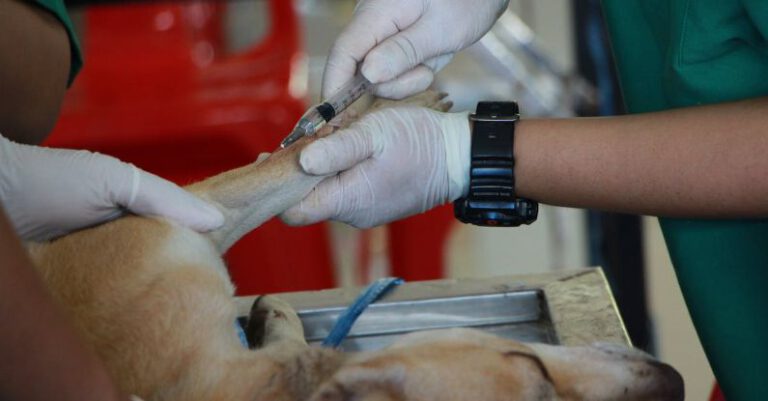How to Protect Your Pet in Extreme Weather?
Extreme weather conditions can pose a significant threat to the well-being of our pets. Whether it’s scorching heatwaves, bone-chilling cold, or severe storms, it is essential to take proactive measures to ensure the safety and comfort of our furry friends. In this article, we will discuss some practical tips on how to protect your pet in extreme weather.
Understanding the Risks
Before we delve into specific protective measures, it’s crucial to understand the risks associated with extreme weather. Just like humans, pets can suffer from heatstroke, dehydration, frostbite, and hypothermia. In addition, thunderstorms, hurricanes, and tornadoes can cause anxiety and fear in animals, leading to potential behavioral issues. By being aware of these risks, we can take appropriate actions to safeguard our pets.
1. Provide Adequate Shelter
A sturdy and well-insulated shelter is essential in extreme weather conditions. For hot weather, ensure that your pet has access to shaded areas and plenty of fresh water. Avoid leaving them outside for extended periods during heatwaves. Similarly, in cold weather, provide a warm and cozy space for your pet to avoid hypothermia. Use blankets, pet-safe heating pads, or insulated pet houses to keep them comfortable.
2. Adjust Outdoor Activities
During extreme weather conditions, it’s important to modify your pet’s outdoor activities. In scorching heat, schedule walks and playtime during cooler hours, such as early morning or late evening. Avoid asphalt or concrete surfaces, as they can become dangerously hot and burn your pet’s paws. In cold weather, limit outdoor time and dress your pet in appropriate clothing to keep them warm.
3. Hydration is Key
Proper hydration is vital for your pet’s well-being, especially in extreme heat. Always provide clean and fresh water, and ensure that it’s readily available to your pet both indoors and outdoors. If you are going on a long walk or spending time outside, carry a portable water dispenser or a collapsible bowl. This will help prevent dehydration and heat-related illnesses.
4. Protect from Sunburn
Believe it or not, pets can also get sunburnt. Their ears, noses, and areas with thin fur are particularly vulnerable. To protect your pet from harmful UV rays, apply a pet-specific sunscreen to exposed areas. Use a product recommended by your veterinarian to ensure it is safe for your pet. Additionally, consider providing shade or using a pet-friendly umbrella when outdoors.
5. Monitor and Control Temperature
Extreme temperatures can be hazardous for your pets, even indoors. Avoid leaving them in cars during hot weather, as the temperature inside a parked car can rise rapidly, leading to heatstroke. Similarly, during cold weather, keep your home adequately heated and be mindful of drafts. Use pet-friendly space heaters and avoid leaving windows open, ensuring your pet’s comfort and safety.
6. Prepare for Storms and Emergencies
Severe weather events can cause panic and distress in pets. Create a safe space within your home where your pet can retreat during storms or emergencies. This could be a basement, bathroom, or an interior room where your pet feels secure. Keep a pet emergency kit ready with essential supplies such as food, water, medication, and a first aid kit. In case of evacuations, make sure your pet’s ID tags and microchip information are up to date.
Conclusion: Prioritize Your Pet’s Safety
As responsible pet owners, it is our duty to prioritize the safety and well-being of our furry companions, especially during extreme weather conditions. By understanding the risks, providing adequate shelter, adjusting outdoor activities, ensuring hydration, protecting from sunburn, monitoring temperature, and preparing for emergencies, we can effectively protect our pets from harm. Remember, a little bit of planning and attention can go a long way in keeping our pets safe and happy in any weather.






